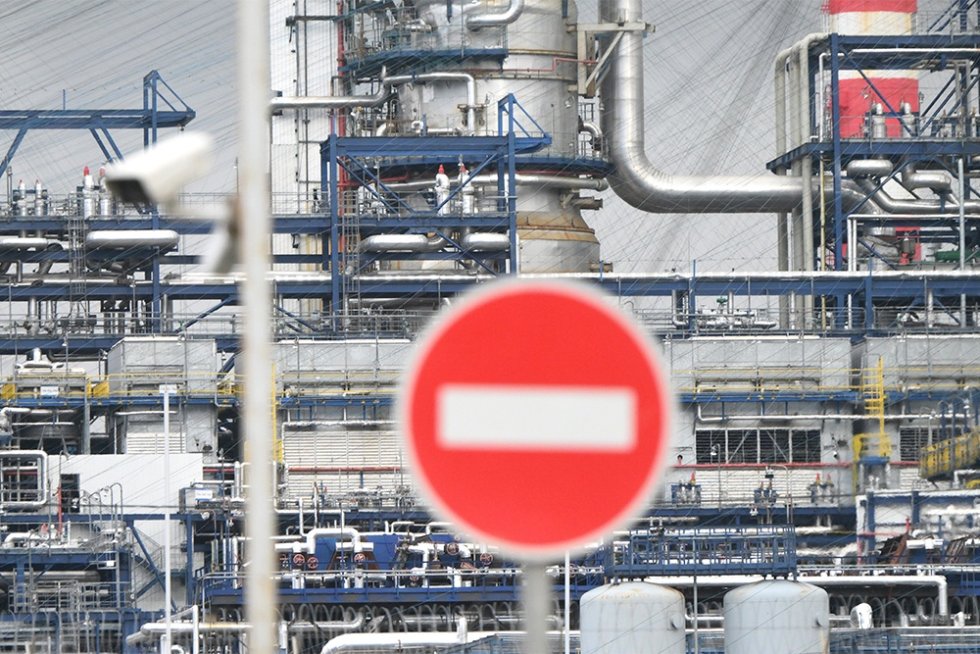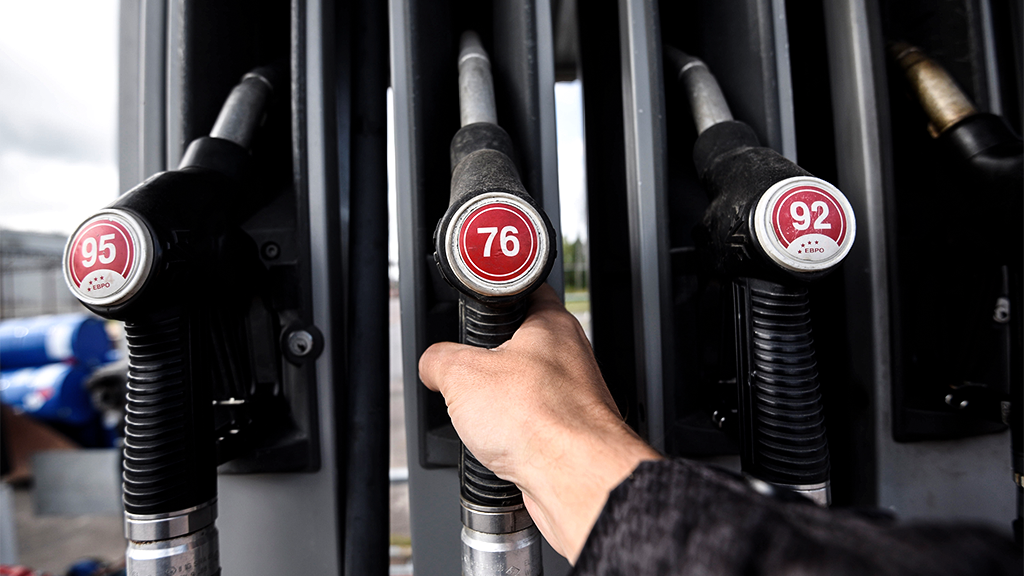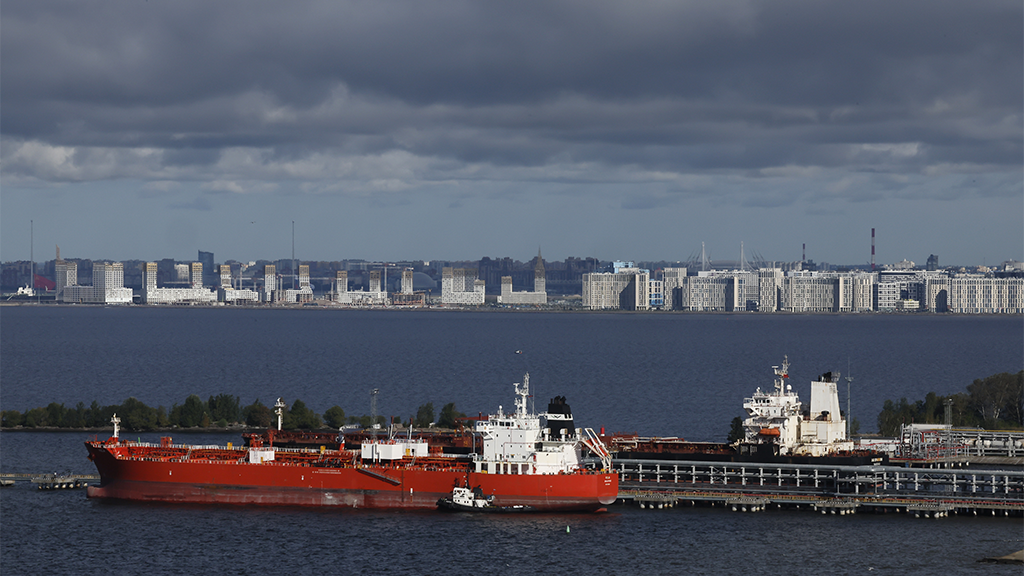At the beginning of October, the railway market met what could be termed a pseudo-sensation with little enthusiasm: Russian Railways (RZD) triumphantly announced the approval of discounts for the transportation of petroleum products. The media picked up the story without delving into the details. However, as is often the case with loud proclamations, the devil was not just in the details but in the already familiar, to say the least, protocols.
“What I want to say regarding the 50% discount for the transportation of petroleum products is that, in fact, we are talking about the extension of individual (station-based) reduced rates... In other words, nothing has changed for shippers: it’s not a new policy, but a prolongation of previous conditions,” commented a source from a major oil and gas company to Vgudok, without any airs of excitement.
To substantiate this claim, our interlocutor provided the editorial team with a slew of rather interesting documents. The crux of the matter is this: Protocol No. 74 of the Board of RZD dated September 18, 2025, does not introduce any new benefits. It merely shifts the expiry date of the individual reduced coefficients (IRC) — the same station discounts that can be as high as 50% off the base tariff. Previously, these conditions, established by Protocol No. 48 in 2016 and confirmed in 2020 (No. 66), were valid until the end of 2025. They have now been extended until December 31, 2026.
This extension also includes prolonging the coefficient of 0.95 (a 5% discount) for the empty run of tankers following the transportation of petroleum products. At first glance, this suggests stability; at second glance, it indicates a mere postponement of the inevitable.
To understand why shippers are not lining up to celebrate, one need only look at the dynamics of RZD's base tariff. According to analytical data, from December 2016 to June 2025, while overall inflation in the country was around 171%, railway tariffs increased by a staggering 208%.
“This is our main pain point. The 50% discount at stations certainly helps. However, when the base price, against which this discount is measured, has risen twice as fast as inflation, we are still paying more in absolute terms than we did prior to the introduction of IRC in 2016. This is not a gift; it is merely a slowdown in the decline of our margins,” acknowledged an employee from one of the oil refineries located in central Russia.
In a sense, this prolongation appears to be a classic palliative measure — a slight relief under conditions of long-term systemic pressure. In other words, the monopoly uses discounts as a tool for controlling and balancing cargo flows rather than as an element of fair competitive practice.
Within the IRC framework lie extremely specific, almost manual mechanisms that demonstrate how RZD interacts with major players.
One of the most well-known examples, featured in the appendices to the protocols, is the coefficient of 0.579 for the empty run of tankers after the transportation of gas condensate, particularly on the Luga-Limbei route. Essentially, this represents a discount of nearly 42% for the empty trip.
However, experts are convinced that such coefficients have nothing to do with market logic. They are the result of individual agreements with the largest shippers. They guarantee volume, while RZD guarantees price. The extension of these conditions until 2026 merely confirms that this gentleman's agreement is currently more significant than a transparent and unified tariff system.
The prolongation of these “special” conditions provides companies with the predictability that is critically important for planning exports and supplying the domestic market. Without IRCs, analysts estimate that 15-20% of petroleum product volumes could shift to road transport or pipelines, which would spell disaster for RZD's freight base.
However, this system also has a shadow side. Firstly, the market continues to demand a transparent methodology for calculating the IRC. On what basis is the decision for a 50% discount for a specific route made? Is it based on political compromise, infrastructure load, or historical volume? There is no clear answer. This creates imbalances: goods pile up at points with lower tariffs, overloading some network areas while leaving others underutilised.
Secondly, questions arise regarding mutual responsibility. RZD actively promotes mechanisms such as “carry or pay,” demanding discipline from shippers under the threat of penalties for failing to present cargo. However, shippers justifiably pose the counter-question:
“What if the railway does not accept our cars on time? Who compensates for our downtime and additional expenses?” a representative from a transport company rhetorically asks. “The protocols demand discipline from us, but compensation from RZD in cases of schedule disruption often remains vague. Discounts are good, but they do not replace a clear mechanism for calculating damages.”
In effect, the extension of IRCs enables RZD to maintain its current operational model — high base tariffs, offset by selective discounts for key partners.
This gives the monopoly room for manoeuvre, while providing oil companies with the illusion of control over costs.
2026 will be a pivotal year for this tariff policy. The extension until December 2026 is merely a delay. Without a systemic revision of tariffs that outpaces inflation and without greater transparency in the methodology for calculating IRCs, the market will continue to function in a cycle of endless "patches."
“We awaited reforms, but received a document with a new date instead,” summarises our interlocutor from the oil trading sector. “It’s good that things haven’t worsened. But that’s not progress — it’s simply stability in an era of tariff madness.”
Nevertheless, not all industry participants share such a bleak outlook.
The preservation of discounts may be significantly tied to the current crisis in the fuel market. According to Rosstat, by September 29, 2025, the cumulative increase in prices for automotive petrol since the beginning of the year reached 9.2%, more than double the inflation rate (4.3%), said Sergey Tereshkin, General Director of Open Oil Market.
“In conditions where unscheduled repairs at refineries coincide with export bans and a reduction in subsidy benefits, it is advisable to ensure cost savings wherever possible. This ‘wherever possible’ has turned out to be railway logistics for petroleum products. Overall, the regulation of the fuel sector is always a compromise, and concessions are an integral part of it.”
In closing, it is worth noting that the topic addressed in this article is quite complex. We hope we have managed to navigate it, but we remain open to new opinions and comments, which you can share with us through all available channels.
Source: Vgudok




